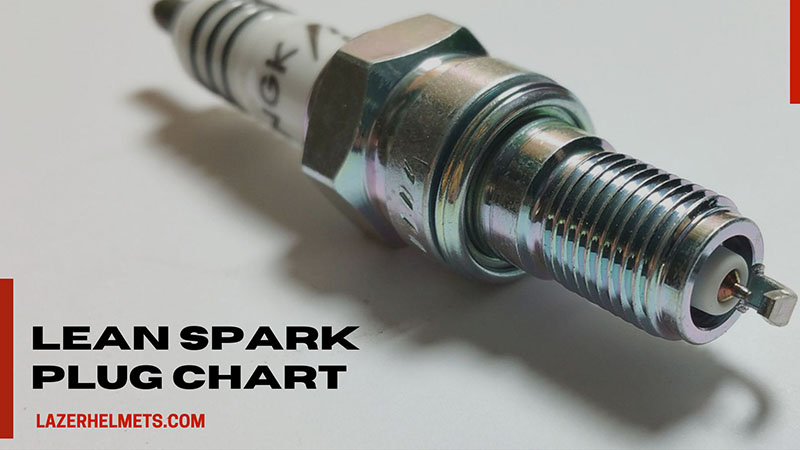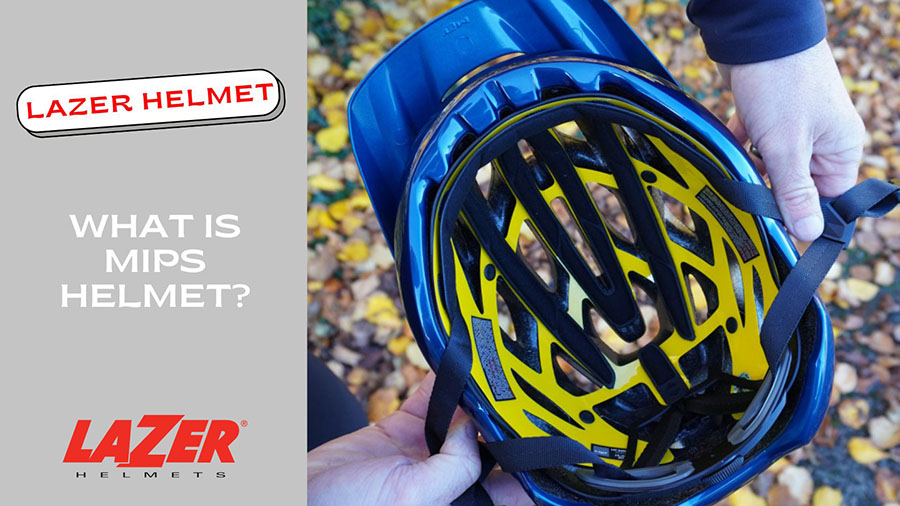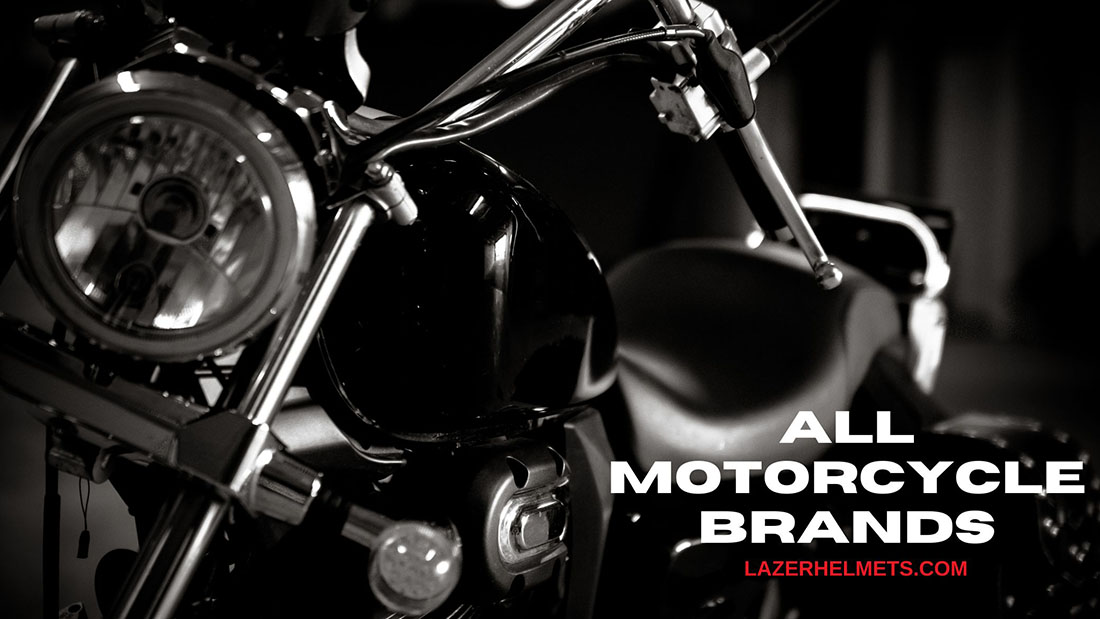There’s no need to introduce spark plugs further; even novices understand their importance and functions.
Nevertheless, people still find immense difficulties recognizing their signals of malfunctions, unable to tell the difference among spark plug coloring scenarios. The failure to spot the problems on time will cause detrimental effects on the engine, shortening the bike’s lifespan.
This article will explore an inclusive lean spark plug chart.
Table of Contents
A. Accurate Plug Readings
1. How To Read Them?
Are you unsure of how to interpret the color on the spark plug? Here are some references to scour through:
- Light tan: Great fuel mixture and air-fuel ratio. That means nothing goes wrong, and your engine is operating well.
- Black or dark brown: The engine probably runs too rich. These spark plugs will feel a bit dingy under your hands.
- Oily and black: Fouled oils. In that case, continue to inspect the piston rings or valves. They are the most likely culprits.
- No colors/light grey/white: The most worrying condition of all – since they clearly imply lean-running engines.
- Worn/eroded center electrodes: Symptoms of a plug long past its peak.
- Flattened or broken electrodes: You probably have set up inappropriate/wrong spark plugs. Spark plugs too long may cause engine damage, while short ones result in spark plug foulings and terrible gas mileage.
- Blisters on insulator noses/white carbon deposits/melted electrodes: Hotter plugs than required.
- Wet plugs: Check whether your engine is flooded.
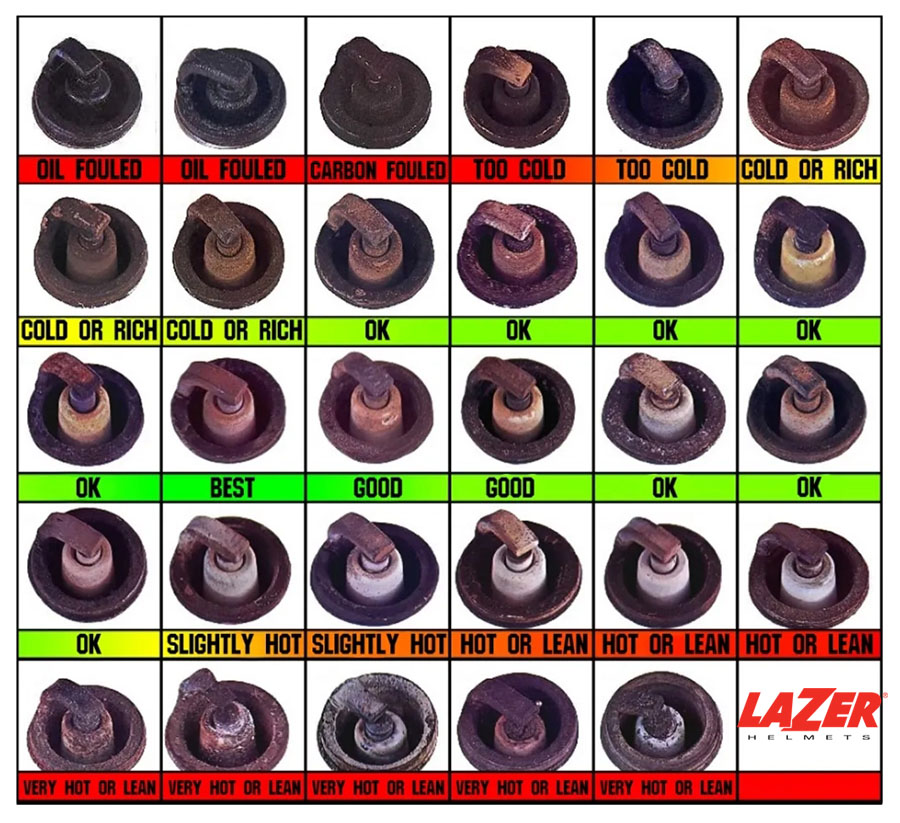
2. The Full Heat Range Spark Plug Color Chart – Type of Spark Plug Extreme Conditions
2a. Rich/Fouled Spark Plug
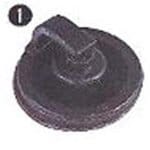
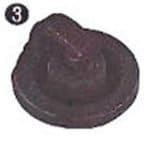
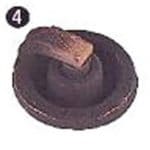
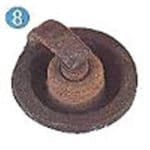
2b. Good and Clean Spark Plug
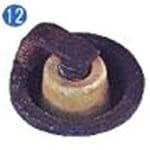
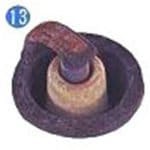
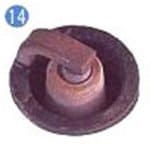
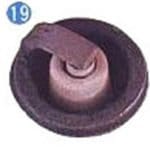
2c. Lean Spark Plug
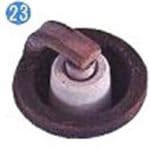
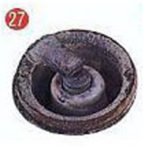
B. Other Symptoms of Lean Spark Plugs
Take a look at these common signals – easily recognized with your naked eyes:
- Rough idles. Unusual idles are the first symptom you will run into when the engine starts running lean. Before kickstarting your bike, observe closely to see whether it is staying on stably or experiencing rough sputters.
- Sluggish rides. Does your bike run with much less energy than usual? It’s the biggest indicator of a lean engine speed – whose power lags behind standard gasoline engines at peak performances.
After all, your bike doesn’t receive sufficient octane fuel and electrical energy for a good run, leading to severe power loss.
- Hot exhaust pipes and engine. Lean mixtures cause excessive heat in the engine, burning up the exhaust pipe. In worsened cases, smoke might even come from it, turning the pipes blueish.
C. Why Does A Lean Engine Happen and How to Fix It?
Lean conditions often stem from errors in the gas delivery system – particularly the carburetor if you want all the specifics.
Take one glance at the carburetor, and you will realize several screws are installed on the component’s cylinder walls. One screw controls the gas level your carburetor delivers: unscrewing it allows more fuel to flow into the bike’s combustion chamber, while tighter screwing cuts off that amount.
Hence, for too-lean engines, try to unscrew the carburetor/cylinder heads a bit to boost the gas flow. Since no two bike models are identical, refer to your manual to assess the following:
- Where is that screw placed?
- How much force is required to unscrew it?
(And for engines in too rich conditions, do the opposite: tighten the carburetor instead of unscrewing it).
Does the solution refuse to work? Then chances are your vehicle undergoes more severe issues that require professional inspections. Clean the carburetors carefully before bringing the bike to trusted mechanics/spark plug manufacturers for more diagnosis.
D. Can You Ride Your Bike With The Engine Running Lean?
If we are talking about extremely short distances, then yes. But in other cases, it’s a big No – unless you want your engine to suffer premature deaths.
Conclusion
Our detailed guidelines and insightful spark plug color chart (both 2-stroke and 4-stroke) have listed all the defining characteristics that set a good and bad spark plug apart.
Always double-check the engine and spark plug after every ride (or at least once or twice a month). If you are unsure how to do so, have professional technicians at your service.

